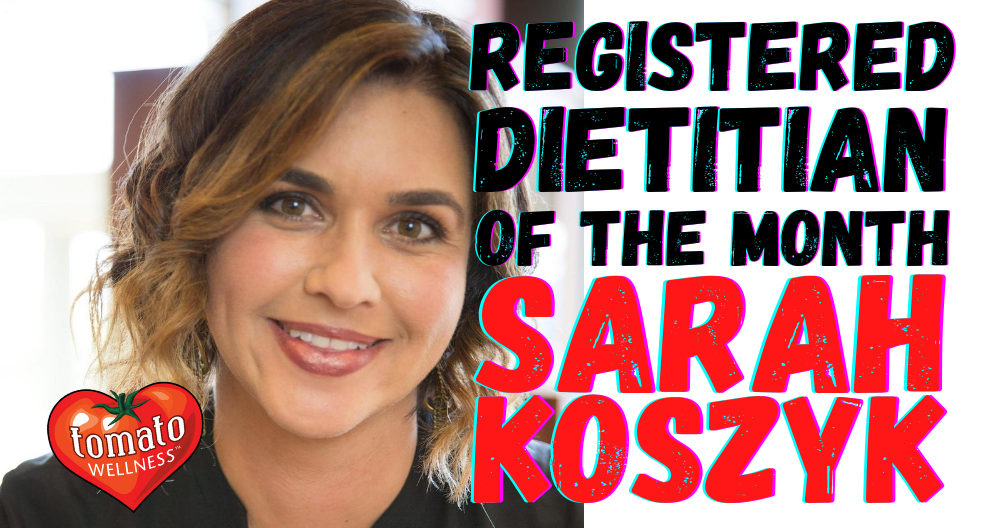
Best Budget-Friendly Foods for the Pantry
You don’t have to break the budget to enjoy a healthful meal! From tomato sauce to canned peas, here are the best budget-friendly foods for the pantry.
Eating healthy does not need to be expensive. There are great options to make a complete and wholesome meal at home using canned goods. A complete meal consists of at least half the plate filled with vegetables, a protein source (fish, chicken, etc.), and a grain/starch source (beans, corn, peas, rice, pasta, etc).
Canned goods offer a variety of affordable, pre-cooked or ready-to-eat ingredients, perfect for an easy-to-make meal. Pantry items are great because you can stock up and have them whenever needed. Canned goods are also nutritious and offer plenty of benefits that come from fresh produce/protein sources.
The best pantry items and how to use them
Canned Tomatoes
Benefits: Tomatoes offer a multitude of benefits, but canned tomatoes specifically, are an excellent source of lycopene. Lycopene is an antioxidant which is shown to lower the risk of heart disease and certain types of cancer.
How to Use: Canned tomatoes can be used to make things like pasta sauce, soup, or chili. To make a chili, combine canned tomatoes, canned beans, and canned carrots. Add some spices, and you have yourself a delicious, complete meal.
Cost: *Cost range for a 14.5 oz can: $0.69- $2.49
Tomato Paste
Benefits: Canned tomatoes offer an excellent source of calcium and iron. Calcium is important for healthy bones and teeth. Iron is important for brain function and immune support.
How to Use: Tomato paste is a great way to add flavor to almost anything you cook. It can be added to soups, stews, and casseroles, homemade sauces like spaghetti sauce or barbecue sauce, marinades for meats, grain dishes, and even tomato juice.
Cost: *Cost range for a 6 oz can: $0.79- $0.89
Tomato Sauce
Benefits: Canned tomato sauce contains a great source of fiber, vitamin C, and potassium. Vitamin C is important because it enhances the absorption of iron and improves the immune system. Fiber and potassium aid in healthy bowel movements and helps lower blood pressure.
How to Use: Tomato sauce is so versatile and can be used for a number of things. Tomato sauce makes a great base for pizzas and pasta. This can also be used to replace tomato paste in some recipes.
Cost: *Cost range for a 8 oz can: $0.39-$0.49
Canned Vegetables
Benefits: The great thing about canned vegetables is that they are so affordable and sometimes even healthier than fresh vegetables. Canned vegetables are picked at peak season for freshness which ensures the best flavor and nutrient quality. They are naturally low in fat and calories and have no cholesterol. Canned veggies are convenient and save time because they are ready to eat.
How to Use: Canned vegetables can be used in recipes like soups, stir fries, and stews, or they can be eaten on their own. There are a variety of canned vegetables like carrots, green beans, beets, spinach, and mixed vegetables.
How to make canned vegetables even healthier
When purchasing canned vegetables look for items that say ‘reduced sodium’. When you are ready to eat your canned goods, you can also drain and rinse them to reduce the amount of salt.
Cost: *Prices will vary
Canned Beans (Black beans, pinto beans, kidney beans, garbanzo beans, cannellini beans)
Benefits: Canned beans offer very similar nutritional benefits to dried beans. They are a great source of fiber and protein, especially for plant-based diets. Beans are also high in folate, iron, magnesium, and potassium.
How to Use: Canned beans can be used in chili, salads, hummus, dips, or even heated up and enjoyed on their own. Similar to canned vegetables, it is best to find reduced sodium options and also drain and rinse them before using.
Cost: *Cost range for a 15 oz can: $0.69-$2.59
Canned Corn or Peas
Benefits: Corn and peas are a great starchy vegetable to have in your pantry. Starchy vegetables are higher in carbohydrates when compared to other non-starchy vegetables, and are included as part of a healthy diet.These items are rich in nutrients, vitamins, minerals, and antioxidants. Similar to other canned vegetables, they are low in fat and calories.
How to Use: They can both be used for side dishes, soups, and stews. Canned corn is great for cornbread, casseroles, and dips/salsa.
Cost: *Cost range for a 15 oz can: $0.79-$1.59
Canned Tuna, Salmon, and Chicken
Benefits: Protein is a very important component of a complete meal and typically the most expensive. But canned options make the protein more affordable and convenient. Canned proteins like tuna, salmon, and chicken are excellent protein sources. They provide an abundance of vitamins, minerals, and nutrients.
Canned tuna is extremely rich in vitamin D which is necessary for bone health and the immune system.
Canned salmon is rich in healthy omega-3 fats, which is amazing for heart and brain health. Canned chicken is an excellent source of lean protein and is rich in vitamins and minerals like zinc and magnesium.
How to Use: All of these items can be used in salads, sandwiches, dips, casseroles, pastas, grain dishes, served with crackers, or enjoyed on their own.
Cost: *Prices will vary
Canned or Boxed Soup
Benefits: Canned and boxed soups are a fantastic complete meal. Many soups are packed with protein, vegetables, and a starch, for an affordable price. Many soups are rich in vitamins and fiber. Canned soups are great for busy days and are extremely convenient because they only require heating. *Bonus: Many canned soups use tomatoes in the broth which increases the nutritional value of the soup and keeps it at a lower calorie range when compared to cream-based soups.
How to Use: Different canned soups include: tomato soup, vegetable soup, split pea soup, lentil soup, chicken noodle soup, and more. Make sure to pick reduced sodium options for better health benefits. Broth-based soups generally tend to be lower in calories versus cream-based soups. Choose soups with a chicken, vegetable, or tomato-based broth.
Cost: *Prices will vary
Canned Fruit
Benefits: Fresh fruit can be expensive and more time consuming when peeling and cutting is involved. Canned fruit is a wonderful quick and easy option. Like canned vegetables, canned fruit is lower in fat and contains no cholesterol. They are full of vitamins and minerals and just as beneficial as fresh fruit.
Pro-tip: The most important thing to note when purchasing canned fruit is the liquid used in the can. Look for 100% juice or water options to minimize the amount of sugar consumed. Refrain from buying canned fruit in syrup (this has added sugar).
How to Use: Canned fruit can be used in salads, pies, smoothies, oatmeal, enjoyed on its own, and much more.
Cost: *Cost range for a 15 oz can: $0.99-$2.19
*All prices are based on the Los Angeles, California area.
The perfect comfort meal especially for colder weather. This Crockpot Vegan Chickpea, Sweet Potato, and Cauliflower Tikka Masala is packed with flavor and great for plant-based diets. This is a delicious way to use your canned tomatoes and beans. This vegan Crockpot Garbanzo Bean & Vegetable Curry Stew is packed with antioxidants, plant-based protein, and so easy to make. The ginger, cumin, and turmeric provide a lot of immune support to keep us healthy and strong. Whether it be a busy day or a chilly night, this meal is hearty, savory, and warming. Roasted Tofu with Harissa Sauce is an incredibly healthy vegan dish full of 7 grams of fiber and 10 grams of protein per serving. Harissa is a North African chili sauce easy to make and bursting with flavor. Add the sauce to chicken, beef, fish, pork, vegetables, or grains such as rice, couscous, or quinoa, for lots of good eats. This recipe is the perfect side dish to any meal. It is savory and different from the standard sauerkraut because it uses tomato sauce. Croatian Sauerkraut is rich in probiotics which aids in healthy gut and provides strong immune support. The perfect hearty meal with delicious Italian flavors. This Italian Sausage Rigatoni offers a variety of vegetables and includes both protein and carbs. And you can make it in just 30 minutes for a complete meal. This Easy Paella Recipe is done in less than 45 minutes and will leave you feeling like you went to a Spanish restaurant. The recipe is infused with so much flavor and can be customized with many different items. It’s a complete meal in one dish. We all have those days where we really don't feel like cooking, but don't want to go out and buy food. This simple Green Bean Medley With Tuna Salad is the perfect way to use what you already have in your pantry and prepare in just 5 minutes. Looking for a recipe that’s packed with color and protein? This Healthy Tuna Noodle Casserole uses a lot of items you might already have in your pantry, making it convenient and cost-friendly. It is super simple and great for busy days. *You can substitute canned green beans for frozen broccoli to use what’s in your pantry.Best Budget-Friendly Foods for the Pantry
Crockpot Vegan Chickpea, Sweet Potato, and Cauliflower Tikka Masala
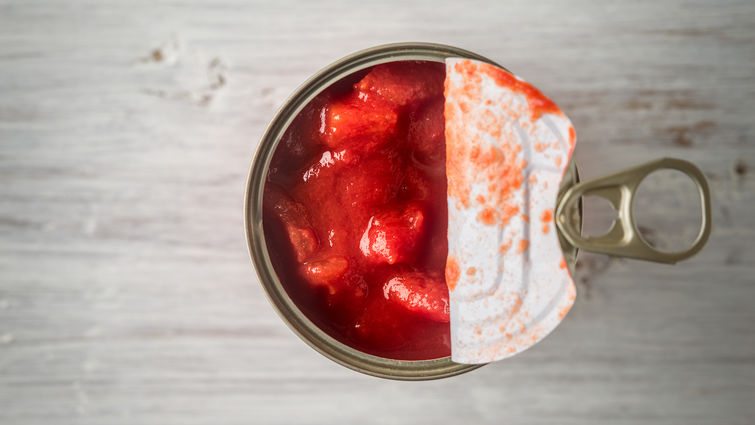
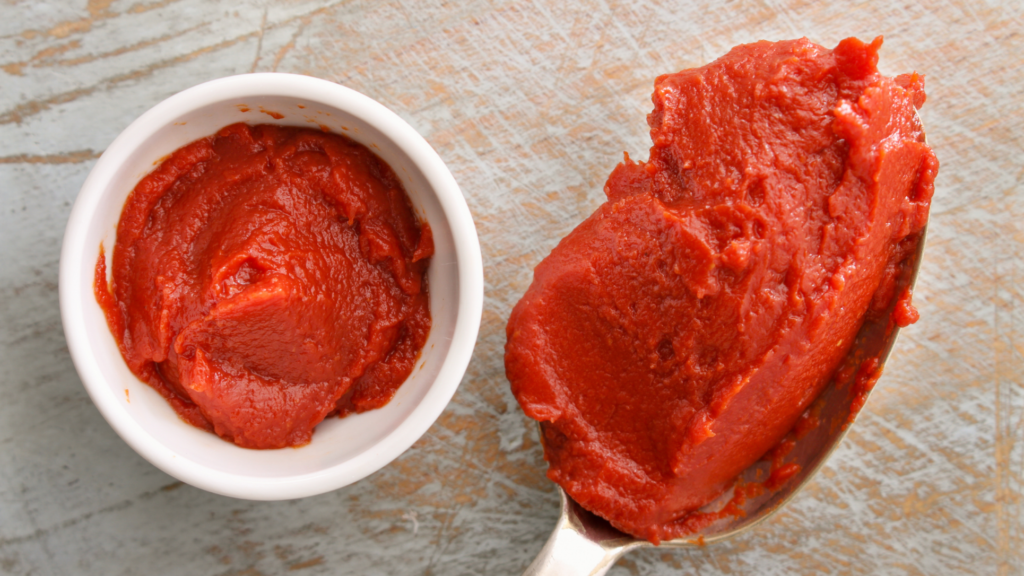
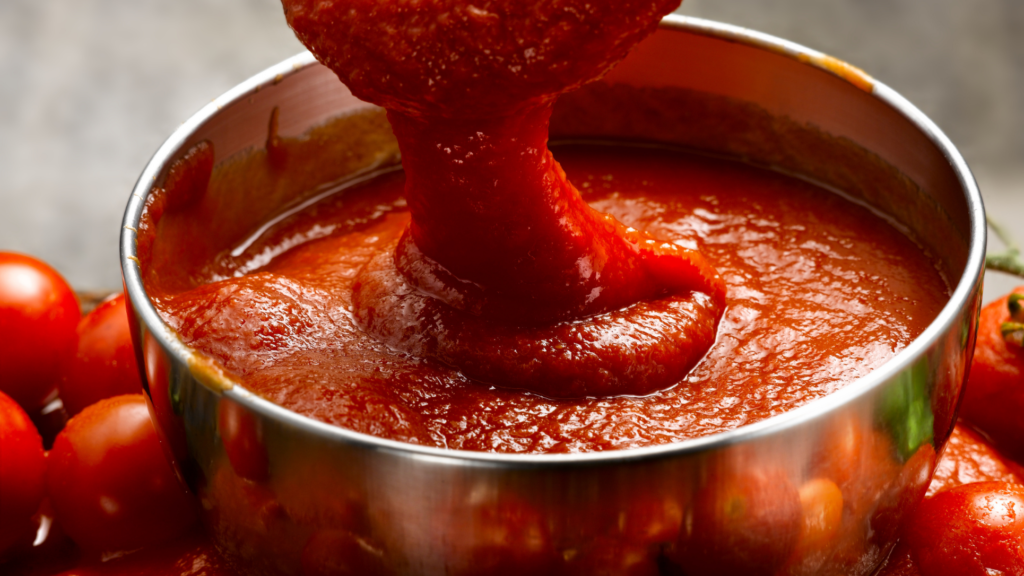
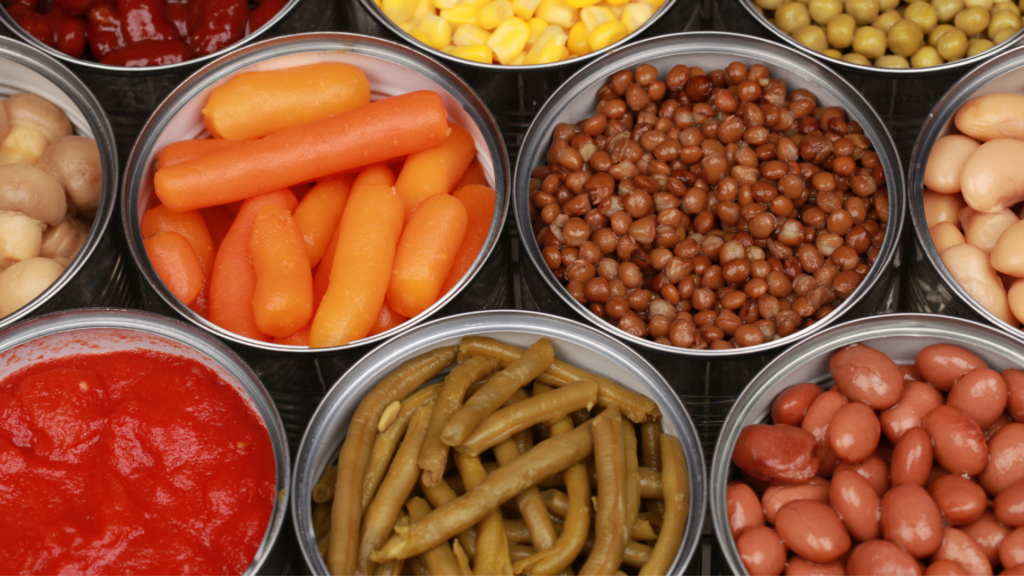
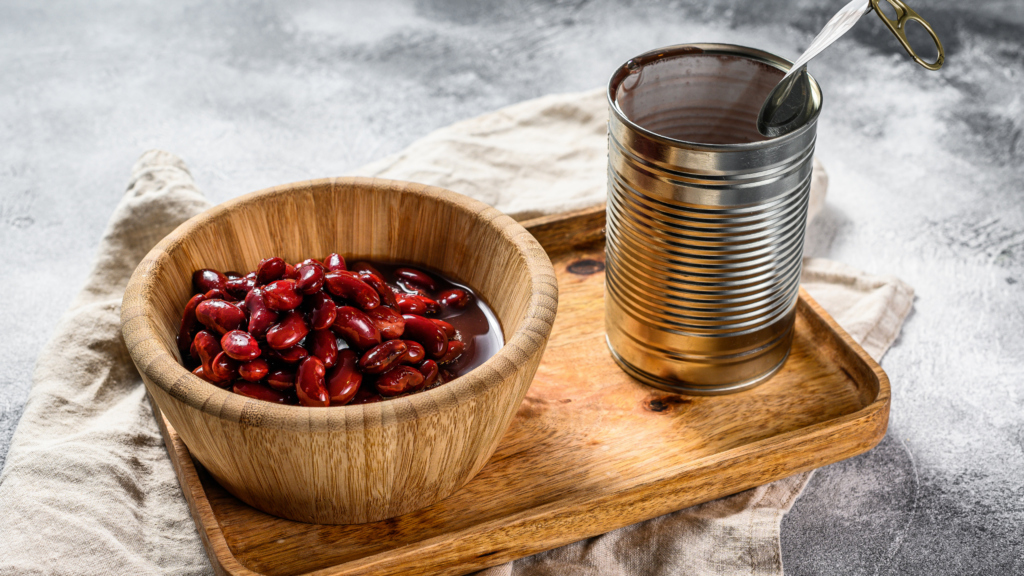
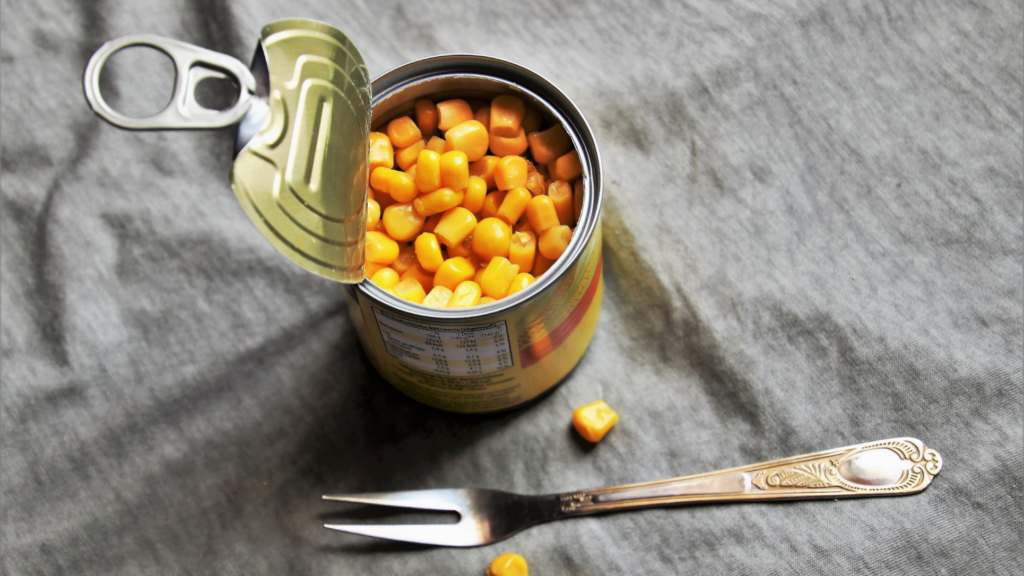
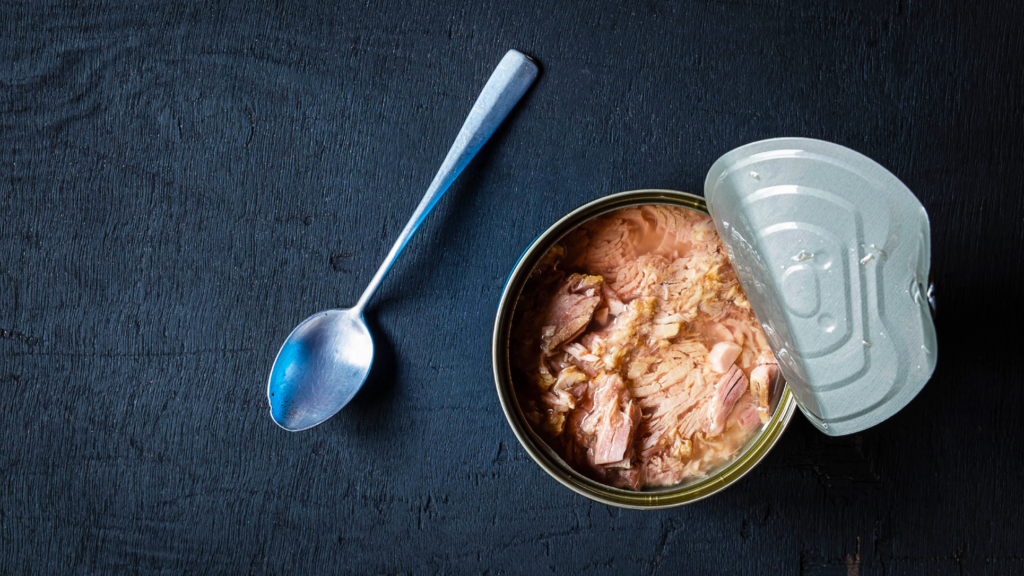
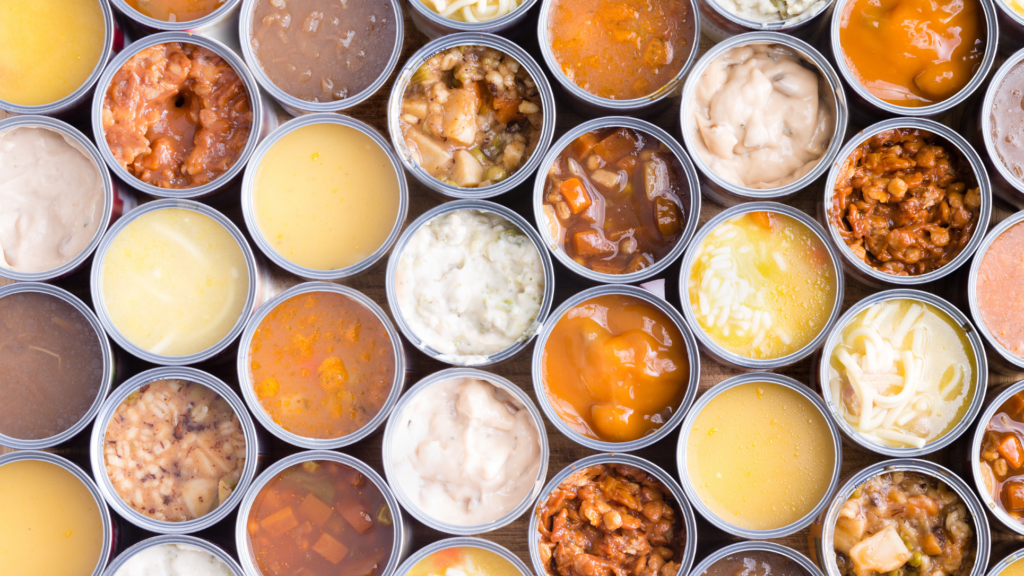
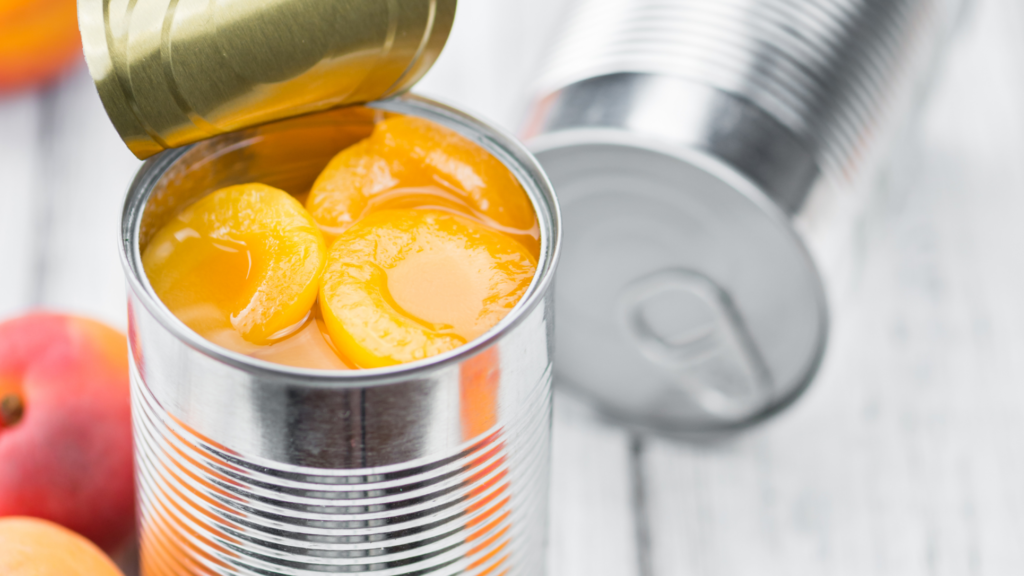
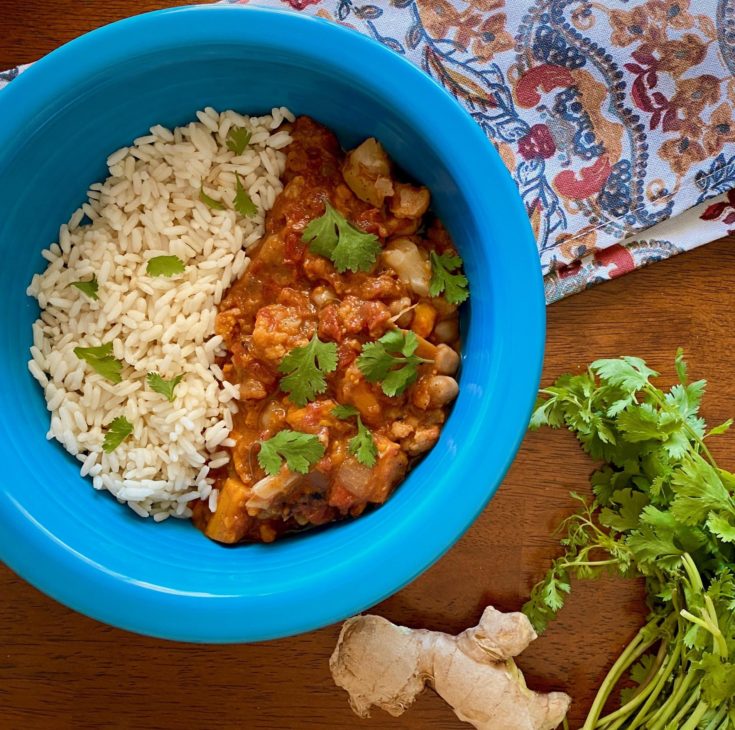


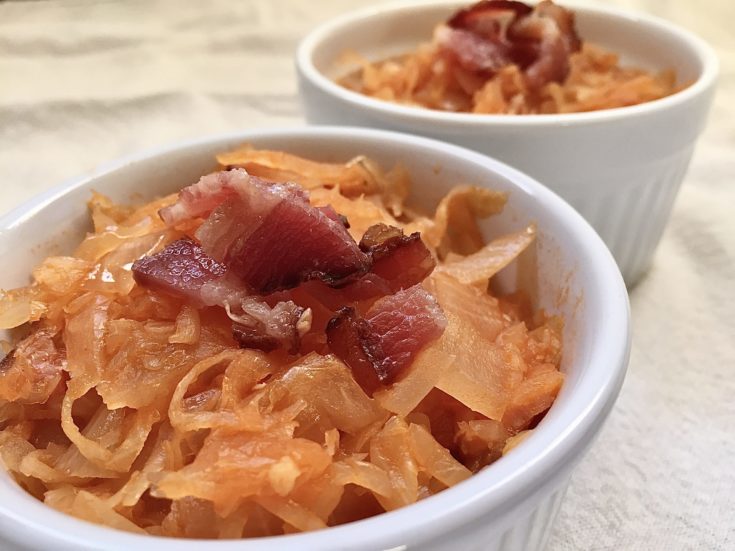
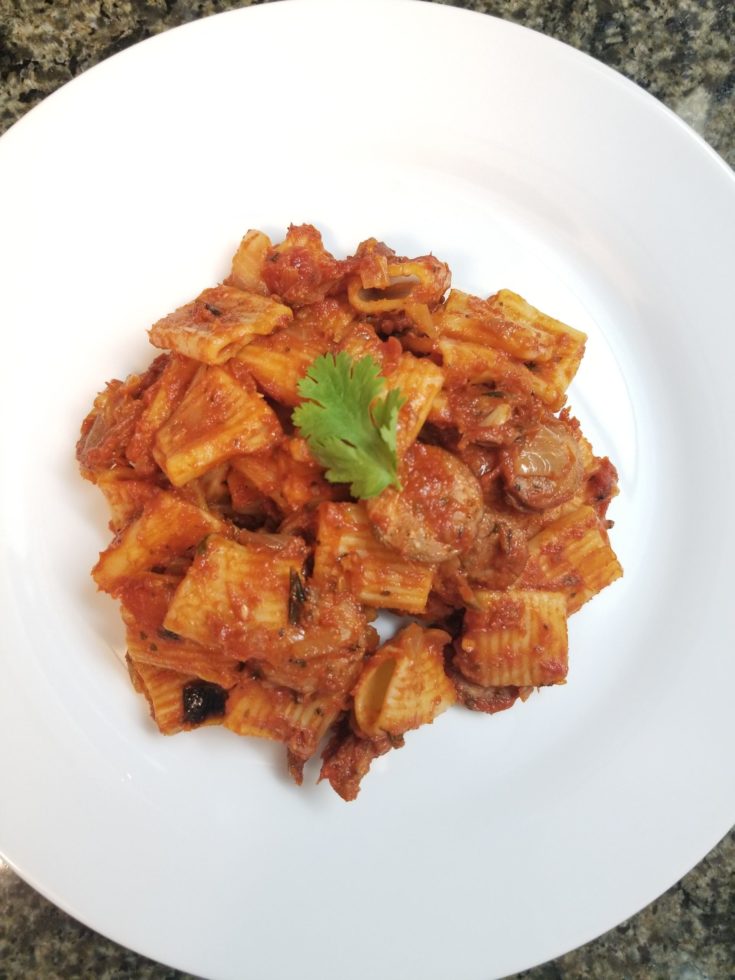
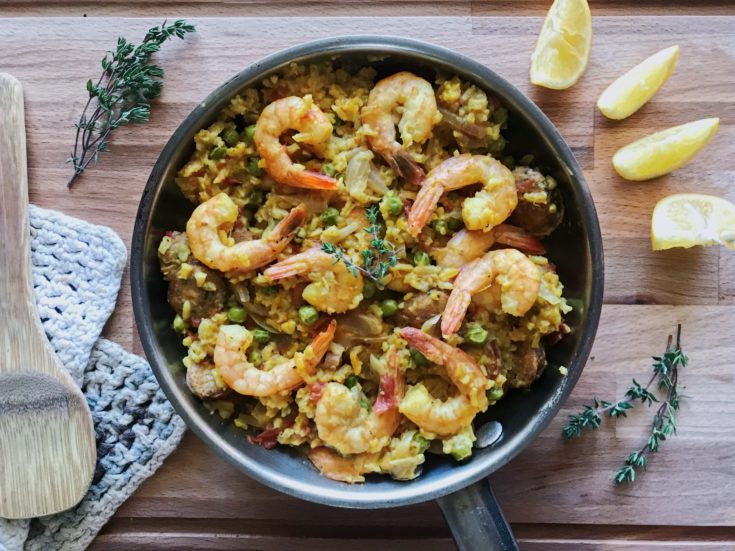
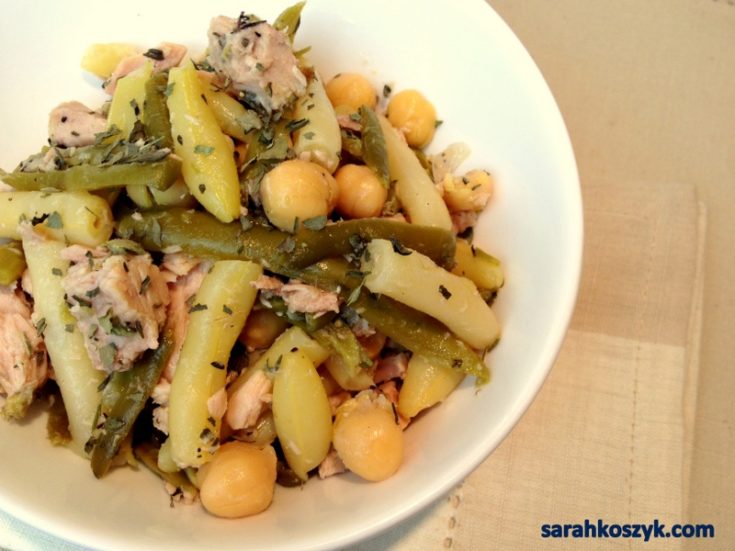


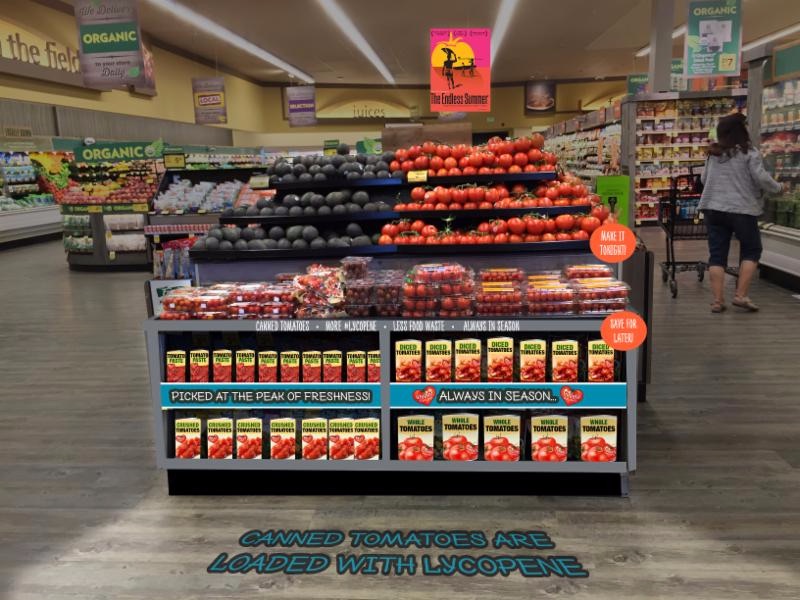
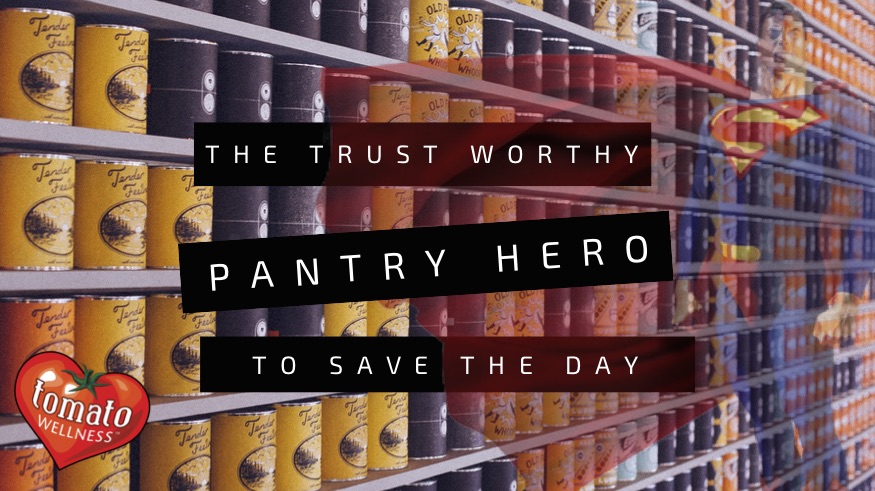
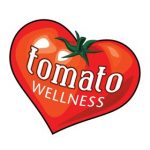
Recent Comments